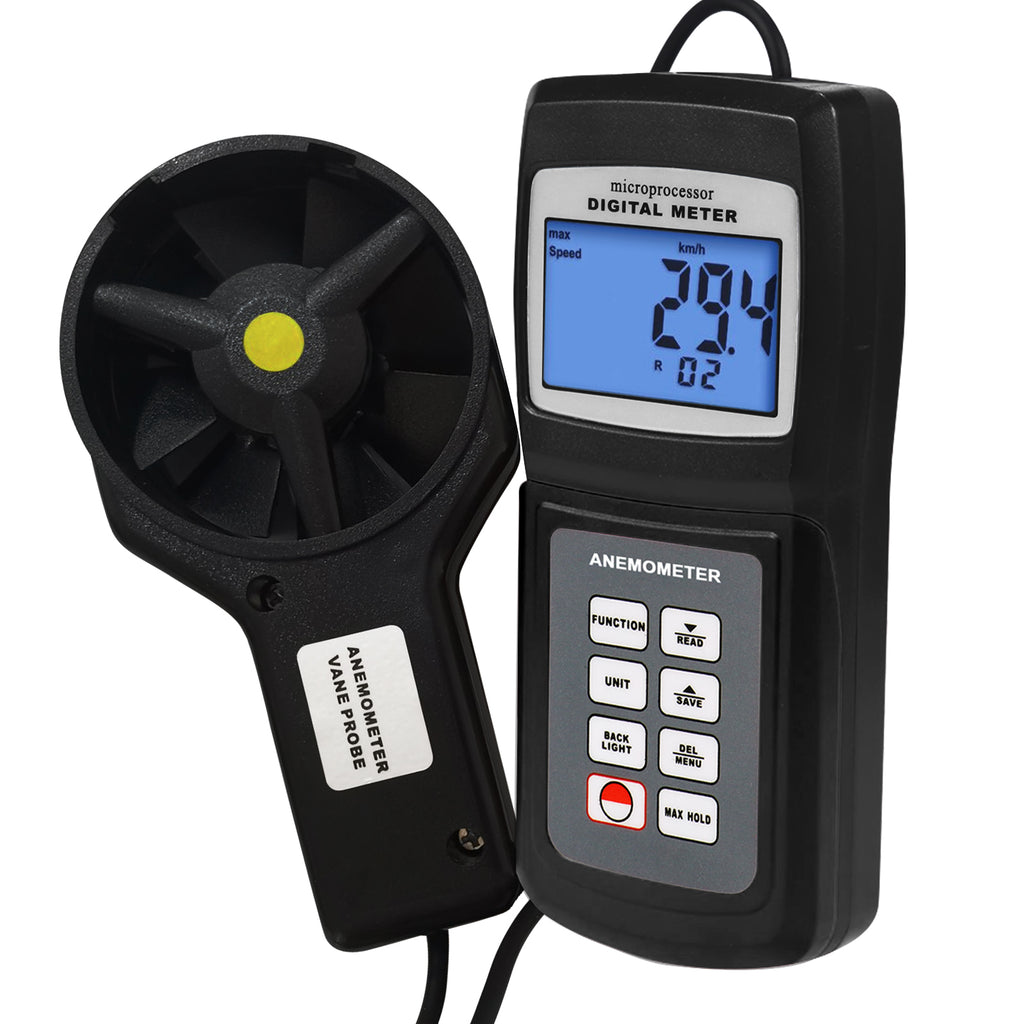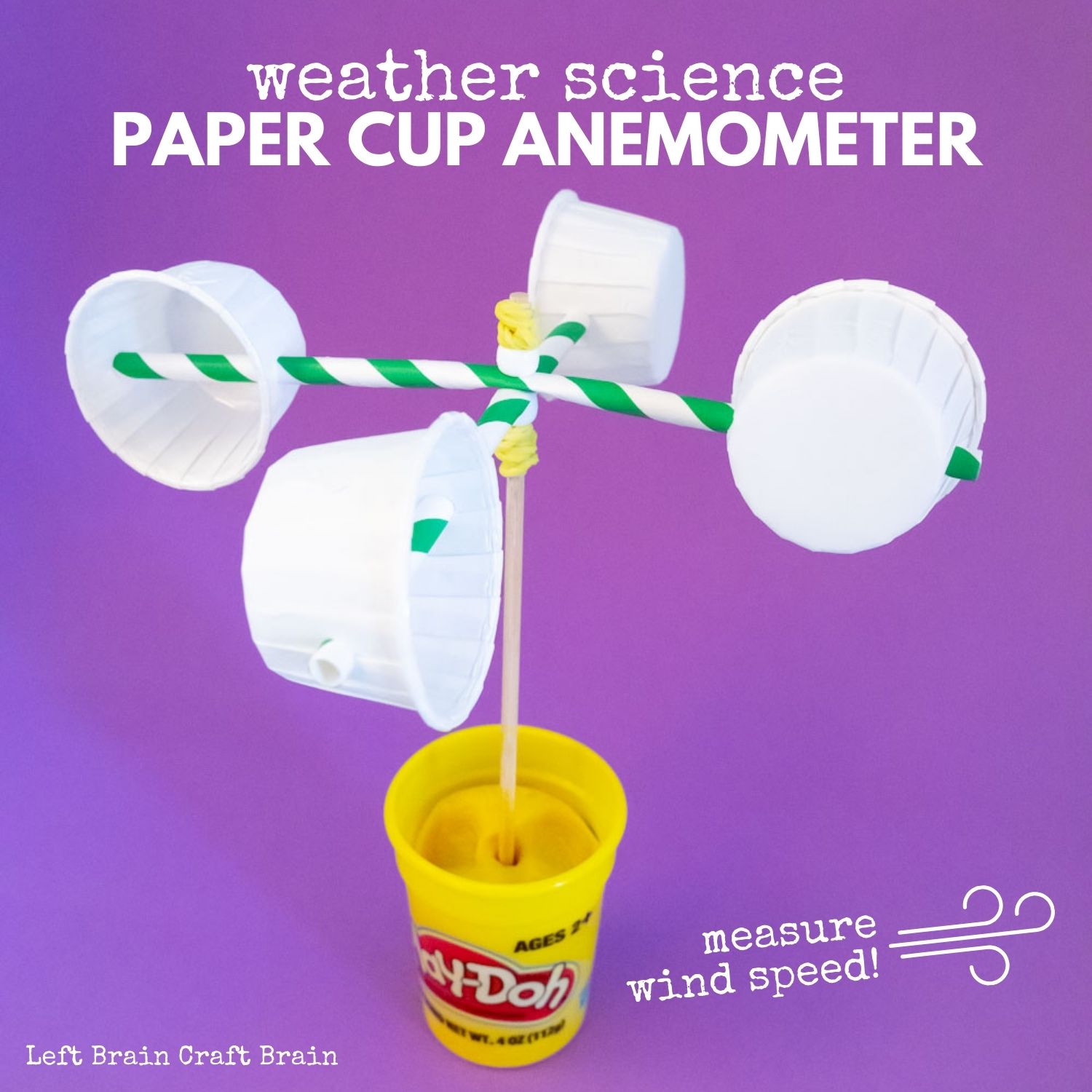How an Anemometer Can Enhance Your Weather Tracking System
How an Anemometer Can Enhance Your Weather Tracking System
Blog Article
Checking Out the Features and Benefits of Anemometers for Weather Condition Fanatics and Specialists
Anemometers stand as important tools in the realm of weather condition tracking, satisfying both fanatics and experienced specialists alike. These gadgets use a window into the dynamic globe of wind patterns and rates, providing indispensable data for atmospheric evaluation and forecasting. From mug anemometers to sonic anemometers, each kind brings its distinct collection of applications and benefits, clarifying different facets of climatic conditions. As we delve into the features and advantages of anemometers, a deeper understanding arises not just of dominating climate sensations however additionally of the more comprehensive implications for markets like wind energy manufacturing and environmental study.
Value of Anemometers in Climate Surveillance
Anemometers play a crucial duty in weather tracking by offering precise measurements of wind rate, helping in forecasting and understanding weather patterns. These tools, varying from standard cup anemometers to contemporary ultrasonic anemometers, are vital for meteorologists, scientists, and weather fanatics alike.

Kinds of Anemometers and Their Applications
The most typical kinds of anemometers include cup anemometers, vane anemometers, hot-wire anemometers, and ultrasonic anemometers. Cup anemometers consist of 3 or four mugs placed on straight arms that turn with the wind, gauging its rate. Vane anemometers, on the other hand, use a freely rotating vane to straighten with the wind direction, supplying both wind rate and instructions measurements.
Each kind of anemometer has its one-of-a-kind benefits and applications. Mug anemometers are robust and appropriate for general weather condition monitoring, while vane anemometers are preferred for directional dimensions. Hot-wire anemometers are delicate to reduced air velocities, making them optimal for indoor environments. Ultrasonic anemometers are non-intrusive and use high accuracy, frequently made use of in research study and specialized weather condition monitoring applications. Comprehending the qualities and applications of each kind of anemometer is vital for choosing one of the most appropriate instrument for certain weather keeping an eye on demands.
Benefits of Utilizing Anemometers in Projecting
In meteorology, the usage of anemometers uses indispensable advantages for improving the accuracy of weather condition forecasting. Anemometers determine wind rate and direction, supplying vital data for anticipating climate patterns. By incorporating wind data into projecting designs, meteorologists can much better comprehend the movement of weather systems, prepare for changes in atmospheric problems, and concern a lot more exact forecasts.
Additionally, anemometers play an essential role in evaluating prospective weather condition threats. Keeping an eye on wind rates assists forecasters forecast extreme climate events such as typhoons, hurricanes, and winter months storms with higher accuracy. This very early caution system makes it possible for authorities to issue prompt alerts and carry out essential safety steps, lowering the risks to life and building.
Furthermore, anemometers aid in enhancing renewable resource production. By assessing wind patterns, meteorologists can recognize appropriate areas for wind farms and forecast power output, contributing to the effective generation of wind power.

Anemometers in Wind Power Production
Offered the crucial function anemometers play in giving accurate wind data for climate forecasting and hazard assessment, their importance reaches the realm of wind energy production. Anemometers are important tools in the area of wind power, where the dimension of wind speed and instructions is critical for determining the feasibility and performance of wind generator installations. By precisely measuring wind speeds at varying elevations, anemometers assist enhance the positioning and style of wind turbines to maximize power output.
In wind farms, anemometers are strategically put to accumulate real-time wind information that is utilized to examine the potential energy production of a website. This data is crucial in identifying the financial practicality of wind energy projects and in projecting energy generation to make sure grid security. In addition, anemometers aid in monitoring wind conditions to enhance generator efficiency, protect against damage from high winds, and make certain the security of workers operating in the location of wind turbines.
Enhancing Climate Comprehending With Anemometers

Anemometers play an essential function in improving our understanding of microclimates. These localized climate condition can vary substantially from wider local forecasts, making it important to have precise data for details locations. anemometer. By strategically putting anemometers in different places, researchers can gather comprehensive info on exactly how wind behaves in different surfaces, urban environments, or bodies of water
Additionally, anemometers add to boosting weather condition projecting models by supplying real-time information on wind behavior. This information is specifically useful for anticipating extreme climate occasions, maximizing farming methods, and sustaining sectors like air travel and maritime navigation. Overall, anemometers are indispensable instruments that allow us additional resources to dive deeper right into the complexities of weather condition systems, ultimately bring about more better-informed decisions and accurate forecasts.
Final Thought
In verdict, anemometers play an important role in weather monitoring and projecting by gauging wind rate and direction. Anemometers also have applications in wind energy manufacturing, further highlighting their relevance in both weather forecasting and renewable power sectors.
From cup anemometers to sonic anemometers, each type brings its special collection of applications and benefits, shedding light on various aspects of atmospheric conditions. These instruments, ranging from conventional cup anemometers to contemporary ultrasonic anemometers, are crucial for meteorologists, scientists, and weather enthusiasts alike. The most common types of anemometers go to this site include mug anemometers, vane anemometers, hot-wire anemometers, and ultrasonic anemometers. Mug anemometers are durable and ideal for basic climate surveillance, while this link vane anemometers are preferred for directional dimensions. Anemometers are crucial tools in the area of wind power, where the dimension of wind speed and direction is important for figuring out the expediency and effectiveness of wind turbine installations.
Report this page